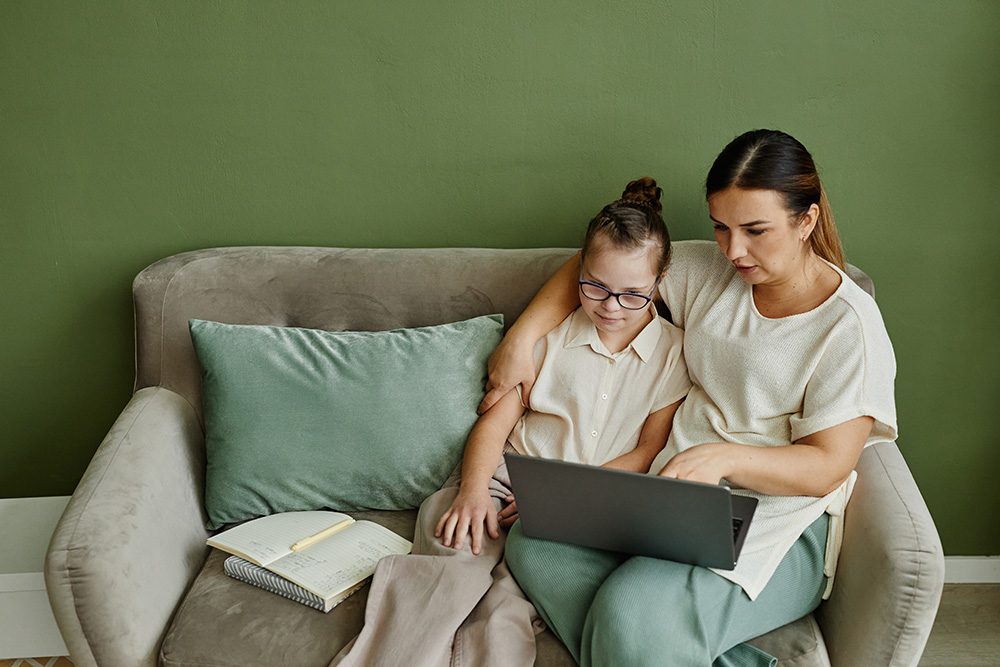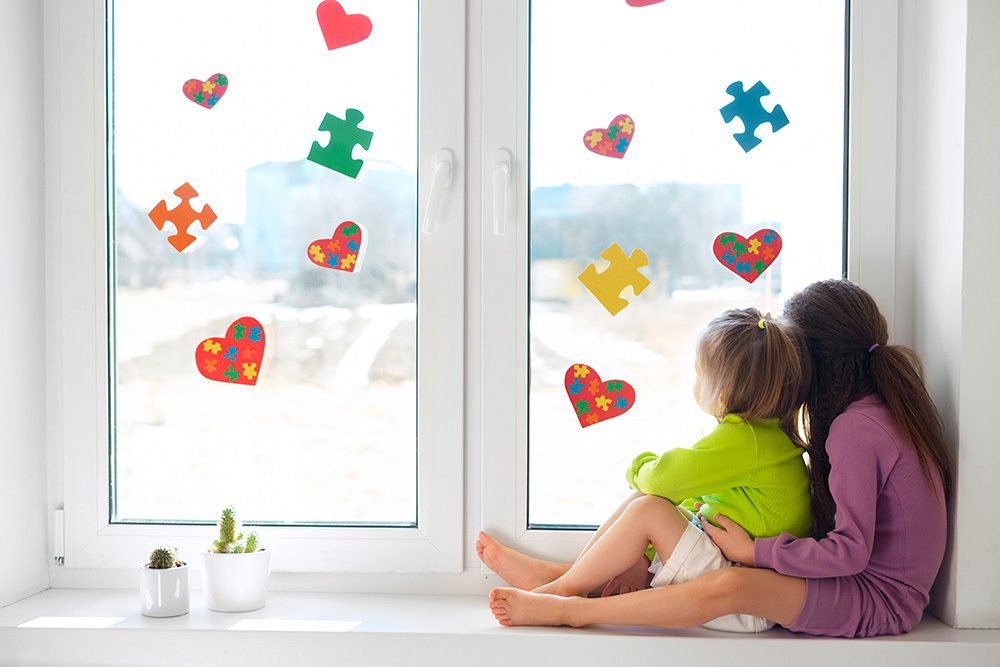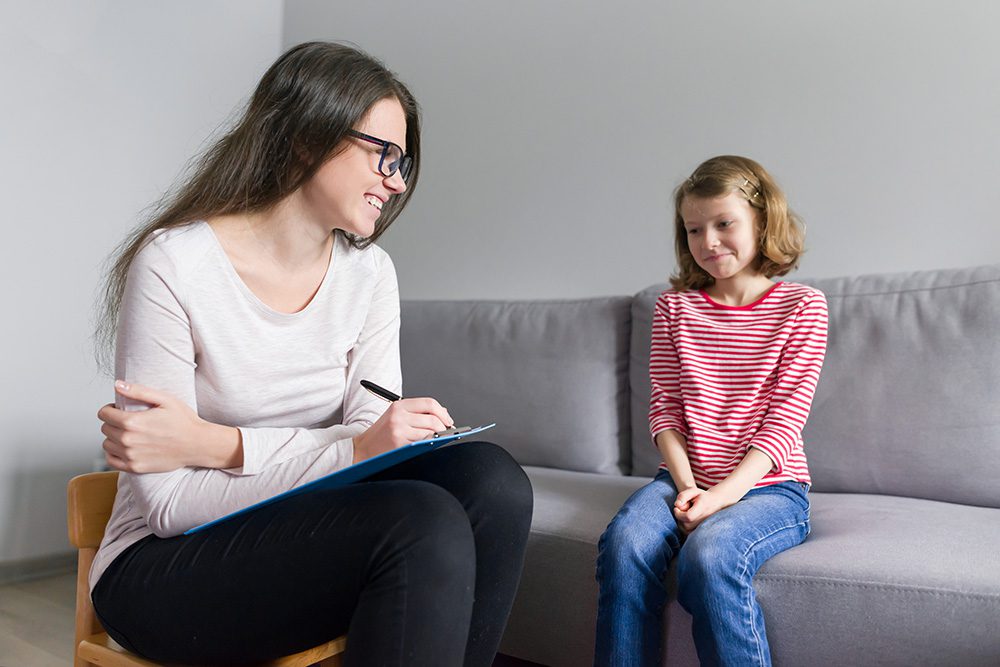How to help your child communicate

Communication is an essential part of life. It allows us to express our ideas and wants to others and understand what others say.
While some children have difficulty communicating, there are ways we can help them to use their language skills.
Here’s how to help your child communicate.
1. Create opportunities for your child to communicate
The question of “how to help your child communicate” often comes down to creating opportunities for them to speak up. Some ways to encourage them to ask for what they want include:
- Pretending you don’t know what they want or need
- Withholding toys from them
- Putting toys out of reach, or in clear boxes/bags that they can’t/don’t know how to open
- Pretending you don’t know how to do something they know and ask for their help
- Use a ‘model, wait and expect’ method
Another way to help your child communicate is to follow the three-step ‘model, wait and expect’ method:
- Make sure you have your child’s attention. Model and repeat a target word with an action over d over again. This should be an action your child enjoys. E.g. say “tickles” as you tickle your child. Repeat this five times in a row with 1-2 second breaks in between.
- When you notice your child wants more of the action, pause what you are saying/doing and have an expectant look on your face.
- Prompt the child to say the word e.g. “say tickles”
- Once they say the word, follow through and complete the action. Accept all of your child’s attempts to say the word even if it is not said clearly.
- Set some time to play and talk with your child.
Allocating specific play time with your child is a great way to help them communicate. Here are our tips for encouraging them to use their language skills during play:
Do
Follow the child’s lead in play. Watch what your child is doing and copy them.
- Talk about what your child is doing and use 1-2 words more than your child.
- Stress important words.
- Be repetitive (repeat the same word a number of times).
- Speak in both languages if you are bilingual.
Make it fun by smiling and laughing and using exaggerated pitch and rhythm to your voice.
If your child is having fun, continue the activity. Signs to look out for to notice your child is having fun may include the child laughing, smiling and being engaged with the toy.
If they are not having fun, try a new way to play or entice them with a new toy or way of using the same toy. Signs to look out for to notice your child is not having fun may include them moving away, looking angry, or pushing toys away).
Make sure you have fun and play too!
Don’t
- Force your child to talk.
- Ask your child questions.
- Give your child instructions.
- Expect your child to copy you all the time.
- Expect your child to respond all the time.
Expect or worry if your child does not use clear sounding speech.
When it comes to questions of how to help your child to communicate, it is important to remember that each child is different and will respond differently. For questions specific to your child or for an individualised plan, contact your friendly team at the Lizard Centre.
Published On : May 18, 2022
Read more
Published On : May 18, 2022
There are currently over 400 advertised interventions for ASD, the majority of which lack scientific support. How can families make an informed decision about which intervention to choose for their loved one with ASD?
Published On : May 18, 2022
Discrete trial teaching (DTT) involves breaking larger skills down into small, or ‘discrete,’ teachable components.


